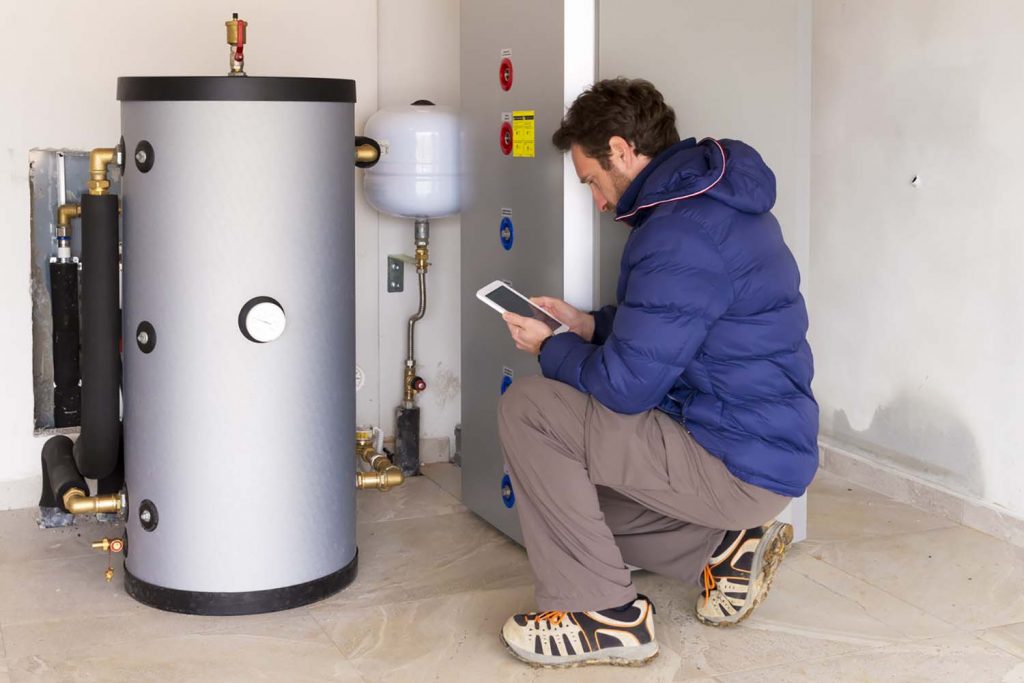The first step to improving your property’s energy efficiency is the energy audit, a vital process that allows building owners or managers to establish a baseline energy consumption, identifies building conditions that may be causing excessive energy usage, and provides recommendations to reduce energy consumption and save on operational costs. The audit also benchmarks the building’s usage against similar properties and identifies energy cost reduction opportunities.
The American Society of Heating, Refrigerating and Air-Conditioning Engineers (ASHRAE) sets the standards for commercial energy audits, which are categorized into three levels.
ASHRAE Energy Audit Level 1 – the walk-through analysis
A Level 1 energy audit, as the name suggests, is the most basic audit level and provides a starting point for making a building more energy efficient. It’s intended to provide the building owner a general overview of how the building performs in relation to similar properties and establishes a baseline of energy consumption.
The audit itself consists of key personnel interviews, a review of the property’s utility bills, and a site walk-through. The data gathered may show low-cost to no-cost changes that could improve the property’s efficiency, as well as measures that have longer payback periods. This information allows the building owner or manager to know what energy savings measures they could move forward with immediately, where they need more in-depth evaluation, and where they may want to focus their efforts moving forward.
Energy Audit Level 2 – the detailed energy analysis
A level 2 energy audit takes a more detailed look at the building, its operations and systems, and the interactions between all three. Most energy engineers will complete energy modeling and/or bin hour calculations to increase the level of accuracy of their calculations.
The audit consists of everything in a level 1 energy audit, but the increased data collection and calibrated energy analysis provide a more precise analysis outcome. This greater level of detail offers a more reliable basis for budgeting and capital projects planning. Most building owners gravitate toward level 2 audits especially for buildings with central systems or unexplained high energy use.
Energy Audit Level 3 – analysis of capital-intensive modifications
An ASHRAE level 3 energy audit digs into the most granular level of data available, and often includes logging and analyzing the energy usage of specific equipment and systems. Using this method, referred to as “trending”, energy engineers can make extremely detailed and accurate analysis.
Not only is the energy usage more accurate, so are the cost estimates of recommended energy-saving measures. Level 3 audits go beyond cost tables and usually include obtaining preliminary quotes from vendors and installers. The results are highly accurate cost estimates, savings estimates, and energy usage estimates. A level 3 energy audit, while overkill for more standard buildings, provides owners and operators of complex buildings a high level of confidence on which to make future capital planning decisions.
When unsure which level of energy audit you may need for the property, Partner Energy’s experienced sustainability consultants could provide recommendations depending on your business needs.
